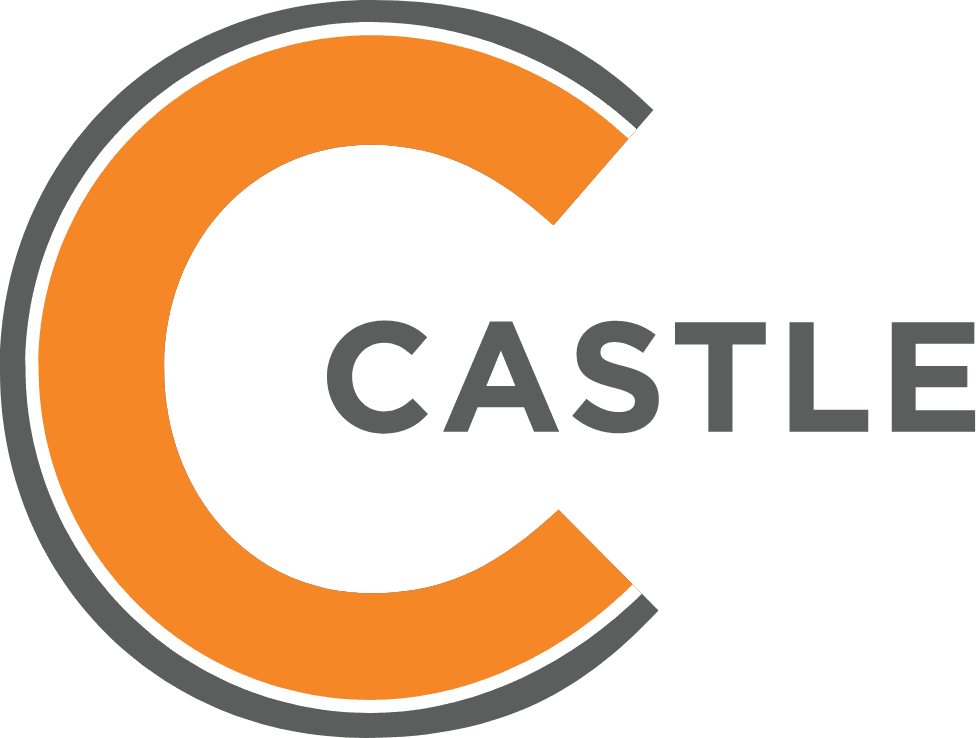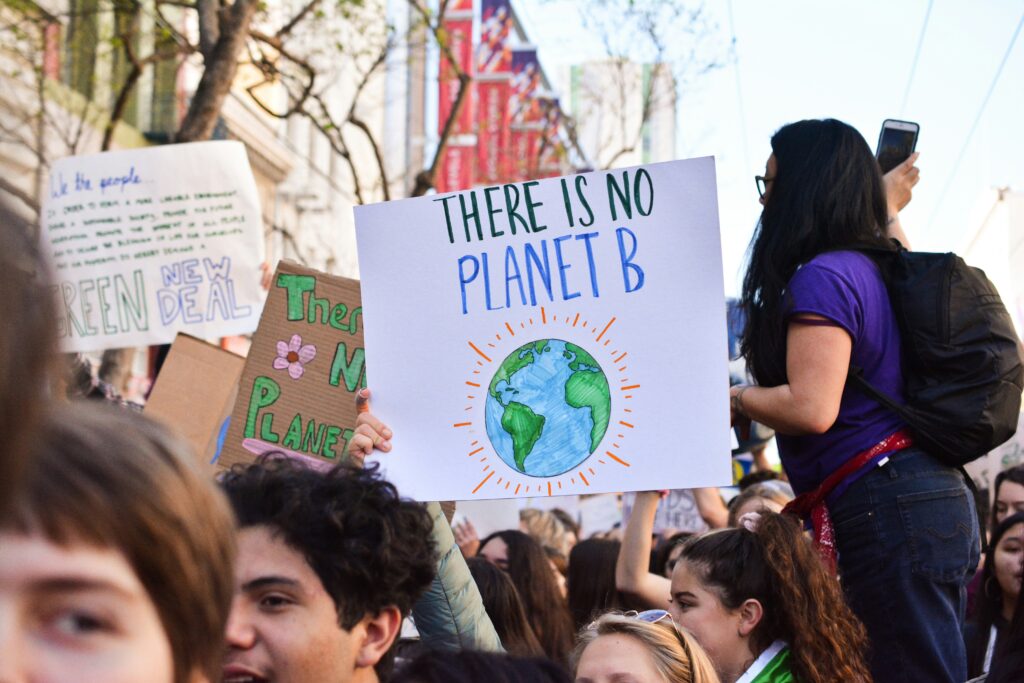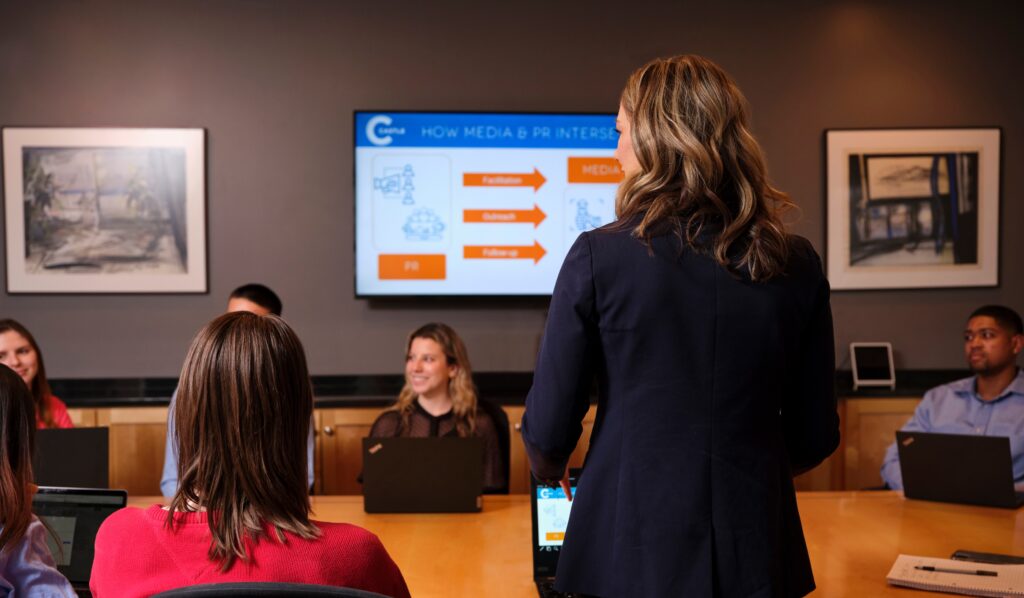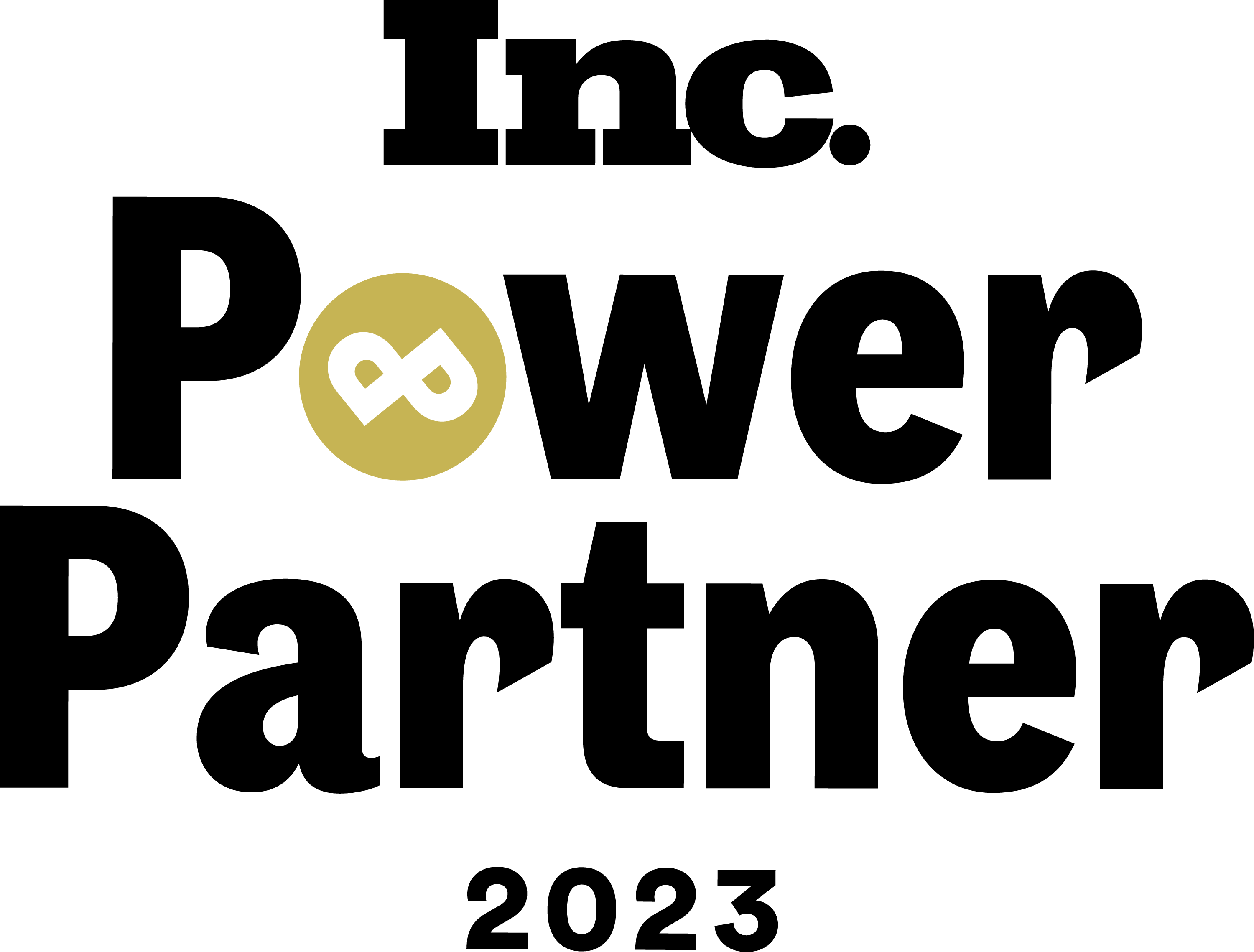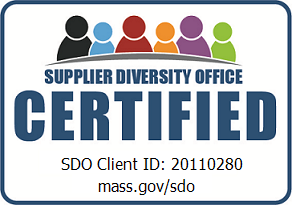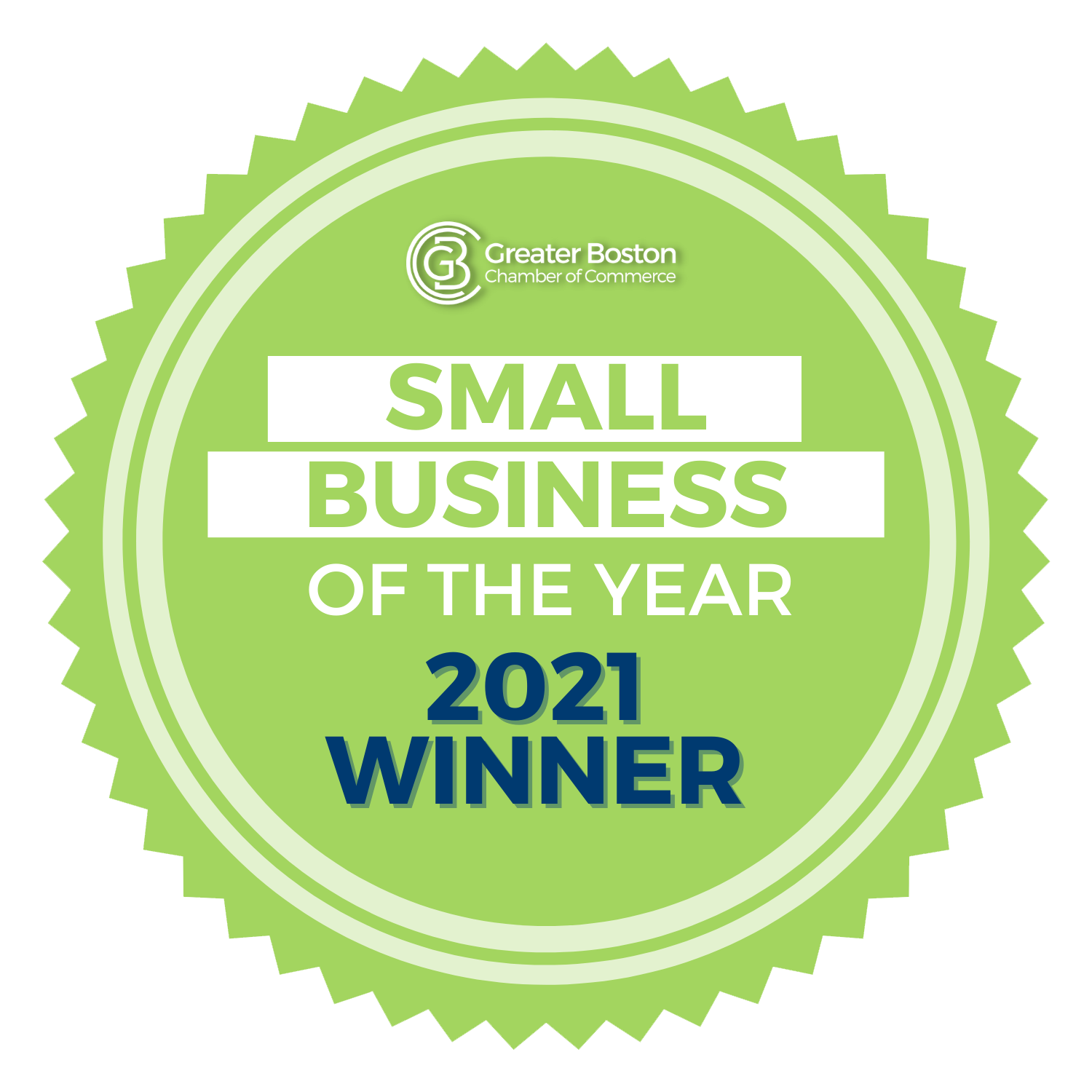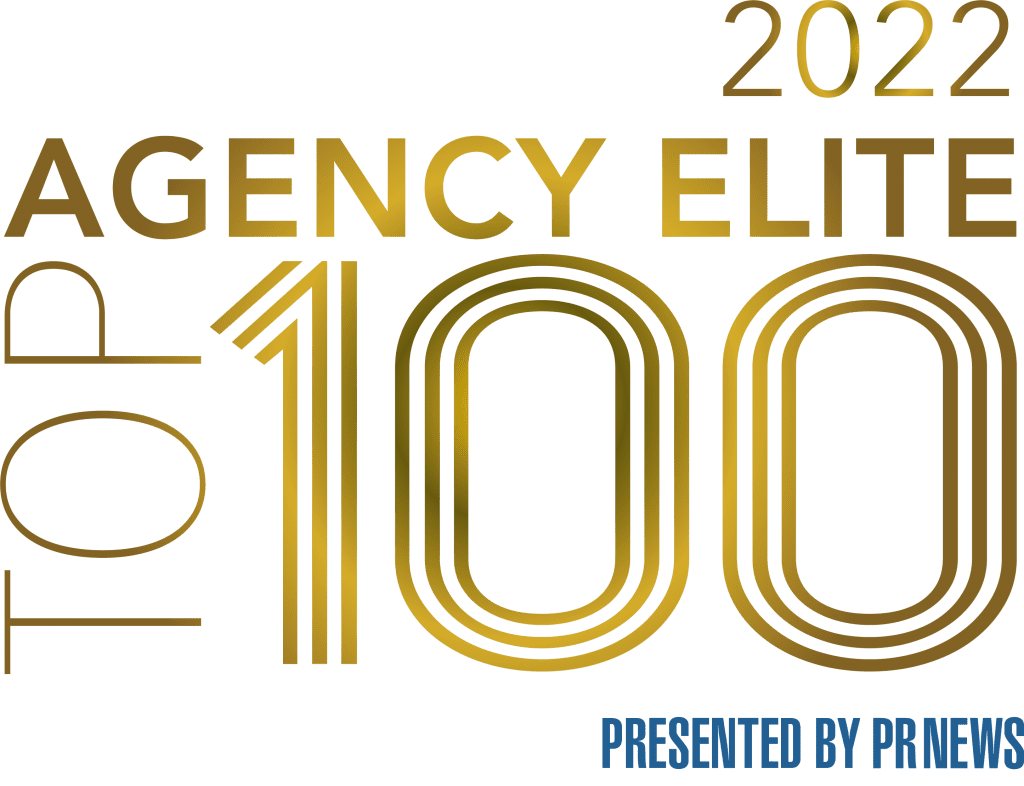Inauguration day. Regardless of your political views, from an event management standpoint, there was much perfection on display, and many lessons for anyone planning events today. Throughout the day and night, I heard from many colleagues and clients asking what I thought about the inauguration, from an event planning perspective.
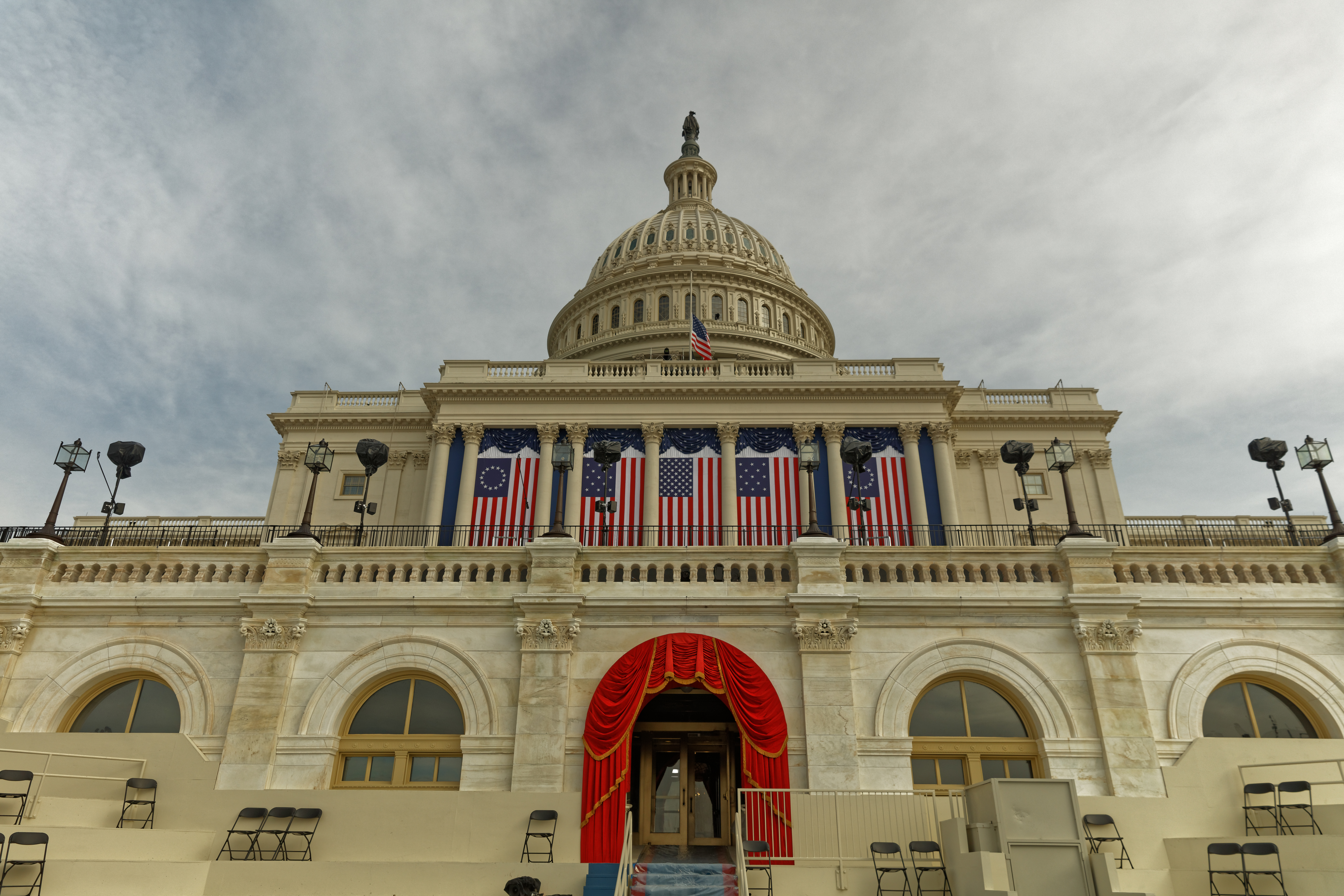
Here are ten takeaways, in no particular order:
1. Safety first
It was clear that from a public health and a security perspective, safety was the order of the day. Those in attendance, and those watching from afar, were clearly aware of the COVID protocols in place—from masks, to social distancing, to the guy who wiped down the podium between speakers. The military and police presence—which was highly publicized—also sent clear messages that safety was the number one priority.
2. Hybrid is the new in-person
There was a mix of in-person, remote, and videotaped elements during the inauguration ceremony and the celebratory concert. President Biden and Vice President Harris were sworn in, in-person, with some, but not all, of the usual pomp and circumstance. Yet Biden addressed his appointees via a massive, multiple screen Zoom-fest.
The evening event, with its mix of live, in-person and pre-recorded performance and narrative made the most of both strategies. Further, performers unable to be there in person could easily participate: the virtual element allows for a much broader palette of participants with which to paint your event.
3. Measure twice, cut once
If we’ve learned anything during the past few months, event-wise, it’s imperative to replicate the same flawless execution online as is expected in person. Clearly, the evening celebration’s speeches and performances were well rehearsed. Some were pre-recorded, particularly those that were from remote locations, which eliminated any potential technology gaffes. But it all felt live.
4. Variety is the spice of life:
To make things engaging, you need a little of this and a little of that. The evening event had so much variety, visually and contextually, and because of that it chugged right along. That’s critical: whether watching on a laptop, phone or a large screen, you must keep your audience from tuning out—literally or figuratively.
5. Walk the talk
It’s not enough to talk about inclusion; you must demonstrate your commitment. Both events truly mirrored what President Biden has been saying: that he will be president for all Americans. Across the board, there was representation across gender, race, ability, geography, national origin, generation and more. Of course, it was deliberate. That’s the point.
6. You can’t please everybody, all of the time
A concert for all of America? It’s hard enough to please the three of us in my household, musically speaking. The concert clearly worked in many musical genres, diverse performances, and performers. Classical, Broadway, country, pop, rap, rock, more…there was a genre for everyone. And the pre-recorded speeches, from the New Hampshire boy battling a stutter that President Biden famously met on the campaign trail to UPS workers, medical, social service and military heroes, and everyday Americans, provided many ways for viewers to connect.
7. Have a point
As Steve Martin’s character in “Trains, Plains and Automobiles” says, “Here’s an idea: have a point.” The message of unity was on display all day, in the new administration’s speeches, the songs that were chosen, the past presidents’ “rap session,” and so much more. It was repeated throughout the day in many forms, via many voices. Impossible to miss the point.
8. There is a time and place for everything
The inaugural ceremony and its performances leaned to the patriotic and spiritual, the comments were earnest and the ceremonial aspects (including the previous night’s COVID remembrance ceremony) struck the right chord during this dark time. The fun, “afterparty” (the concert) allowed for slightly more frivolity and extravagance. In event planning, the message and tone must always consider context, timing and where the audience is coming from.
9. Tie everything together with a focal point
Good guy Tom Hanks was that focal point during the celebration. A solid choice for “emcee,” he has fairly universal appeal. It’s hard to criticize COVID-surviving “Forrest Gump” and “Saving Private Ryan” hero Hanks. Ever.
10. Do what you will say you will do but leave them wanting more
As much as possible, start and end on time. But drop in something unforgettable, like poet laureate Amanda Gorman, Katy Perry’s fireworks backdrop, or the trifecta of bipartisan past presidents chatting together.
Finally, remember that an events team worked their butts off to make these events happen, and happen in such a way that the above points would perhaps only resonate subconsciously to non-event professionals. You might not have considered all of this subtext, but a whole lot of work, planning, stress and talent went into creating something worthy of our nation.
